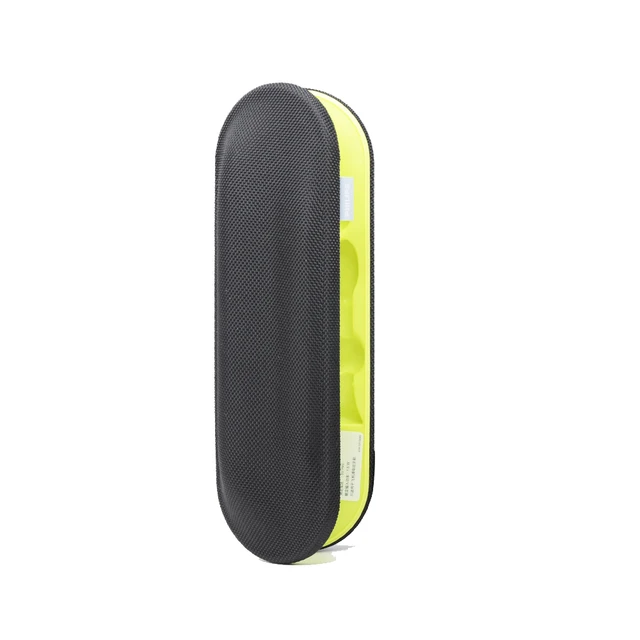
Introduction:
If you notice black gunk on your electric toothbrush, it is important to address it promptly to maintain optimal oral hygiene. The black gunk can be a buildup of bacteria, toothpaste residue, or mold, and it can affect the cleanliness and effectiveness of your toothbrush. In this guide, we will explore various methods to remove black gunk from an electric toothbrush, including rinsing, soaking in disinfecting solutions, using vinegar or hydrogen peroxide, and proper maintenance practices. By following these guidelines, you can effectively clean your electric toothbrush and ensure a hygienic brushing experience.

How do you get black gunk off an electric toothbrush?
Rinsing the Brush Head:
The first step in removing black gunk from your electric toothbrush is to rinse the brush head thoroughly. Rinsing helps remove any debris or residue that may have accumulated on the bristles. Here’s how to rinse the brush head effectively:
a. Remove the Brush Head: Detach the brush head from the electric toothbrush handle. Most electric toothbrushes have a release button or mechanism that allows for easy removal.
b. Rinse Under Running Water: Hold the brush head under running water, allowing the water to flow through the bristles. Move the brush head around gently to ensure that all surfaces are rinsed thoroughly. This helps remove any loose debris or residue.
c. Inspect the Brush Head: After rinsing, inspect the brush head for any remaining black gunk. If you notice persistent residue, proceed to the next cleaning methods for a more thorough cleaning.
Soaking in Disinfecting Solutions:
Soaking the brush head in disinfecting solutions can help remove stubborn black gunk and kill bacteria. Here are some methods to consider:
a. Mouthwash Soak: Fill a small cup or container with antibacterial mouthwash. Submerge the brush head in the mouthwash, ensuring that it is completely covered. Let it soak for about 15 minutes. After soaking, rinse the brush head thoroughly under running water to remove any residual mouthwash.
b. Hydrogen Peroxide Soak: Alternatively, you can use hydrogen peroxide for disinfection. Fill a small cup or container with a 3% hydrogen peroxide solution. Submerge the brush head in the hydrogen peroxide and let it soak for about 15 minutes. After soaking, rinse the brush head thoroughly under running water to remove any residual hydrogen peroxide.
c. Baking Soda Paste: Create a paste by mixing baking soda with a small amount of water. Apply the paste to the brush head, focusing on the areas with black gunk. Gently scrub the bristles using a toothbrush or your fingers. Rinse the brush head thoroughly under running water to remove any residue.
Using Vinegar or Hydrogen Peroxide:
Vinegar and hydrogen peroxide can be effective in removing black gunk from an electric toothbrush. Here are some methods to consider:
a. Vinegar Soak: Fill a small cup or container with white vinegar. Submerge the brush head in the vinegar, ensuring that it is completely covered. Let it soak for about 15 minutes. After soaking, rinse the brush head thoroughly under running water to remove any residual vinegar.
b. Hydrogen Peroxide Rinse: Rinse the brush head under running water to remove loose debris and residue. Then, pour a small amount of hydrogen peroxide onto the bristles. Let it sit for a few minutes, allowing the hydrogen peroxide to fizz and loosen any remaining black gunk. Rinse the brush head thoroughly under running water to remove any residue.
Proper Maintenance Practices:
To prevent the buildup of black gunk on your electric toothbrush, it is important to follow proper maintenance practices. Here are some tips:
a. Rinse After Each Use: Rinse the brush head thoroughly under running water after each use to remove toothpaste residue, debris, and bacteria. This helps prevent the accumulation of black gunk.
b. Allow Air Drying: After rinsing, allow the brush head to air dry completely before storing it. Place it in an upright position or lay it on a clean, dry surface. Avoid covering the brush head or storing it in an enclosed container while it is still wet, as this can create a moist environment that promotes bacterial growth.
c. Store in a Clean Area: Choose a clean and dry area for storing your electric toothbrush. This helps minimize the risk of contamination and promotes better hygiene.
d. Replace the Brush Head Regularly: Regularly replace the brush head according to the manufacturer’s recommendations. Over time, the bristles become worn and less effective at cleaning. Using a fresh brush head ensures optimal cleaning performance and reduces the risk of bacterial buildup.
e. Clean the Handle: Periodically clean the handle of your electric toothbrush with a damp cloth to remove any dirt or residue. Be careful not to get the handle wet, as it could damage the internal components. You can use hello kitty mirror to help you clean better when you can’t see well while cleaning.
Conclusion:
Removing black gunk from your electric toothbrush is essential for maintaining its cleanliness and effectiveness. Start by rinsing the brush head thoroughly under running water. If the residue persists, consider soaking the brush head in mouthwash, hydrogen peroxide, or vinegar. Alternatively, use a baking soda paste or hydrogen peroxide rinse to remove stubborn black gunk. Follow proper maintenance practices, including rinsing after each use, allowing air drying, storing in a clean area, and replacing the brush head regularly. By incorporating these cleaning methods and maintenance practices into your routine, you can effectively remove black gunk from your electric toothbrush and ensure a hygienic brushing experience.